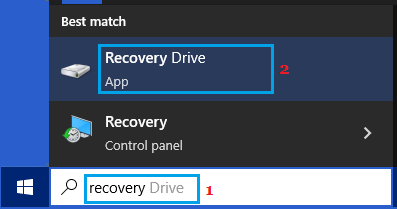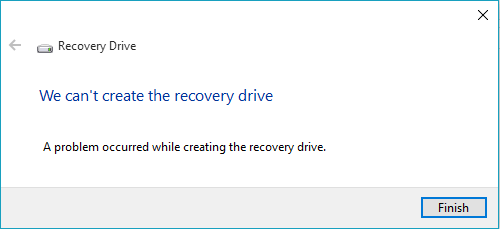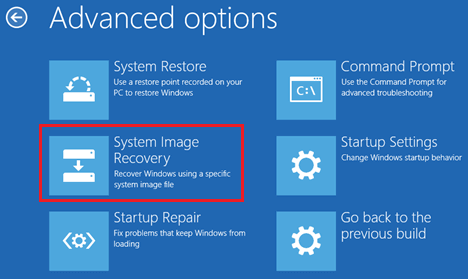If your computer is going through problems and not starting up, you can force the computer to boot from a USB Recovery Drive. Hence, it is a good to create Windows 11 USB Recovery Drive and keep it in a secure place.
The good thing about Windows Recovery Drive is that it is not tied to a specific PC, it can be used to boot practically any Windows 11 computer that is going through problems and refusing to boot up.
While Windows 11 provides multiple ways to Back up, Recover and Reset the computer, you won’t be able to access any of these tools, if your computer is not starting, is stuck on black screen or stuck in a restart loop.
The only thing that can save your day in such situations is a Bootable Windows 11 Recovery Drive, that can force the computer to boot up and provide access to troubleshooting tools as available in Windows OS.
What Size USB Drive is Required to Create Windows 11 Recovery Drive?
The size of the USB Flash Drive required to create Windows 11 Recovery Drive varies from 1 GB to 32 GB, depending on whether or not you select the option to Backup System Files to Recovery Drive.
While a plain USB Recovery Drive without System files backup is good enough to boot any Windows computer and gain access to the set of troubleshooting tools, it cannot be used to Reinstall Windows 11.
Is it Necessary to Format USB Drive?
You can plug-in any USB Drive in working condition to create Windows 11 Recovery Drive and it is not necessary to use a New USB Drive or Pre-format the USB Drive.
Windows will automatically Format the USB Drive and clear all data, before creating the Recovery Drive. Hence, make sure that you tranfer the data from USB Drive to another location, before plugging it in.
How to Create Windows 11 USB Recovery Drive
All Windows computers come pre-loaded with Recovery Drive App, which makes it really easy to Create USB Recovery Drive.
1. Type Recovery Drive in Windows Search box and click on Recovery Drive App in the search results.

2. If User Account Control message appears, select the Yes option > enter your Admin Password.
3. On the next screen, click on Next to start the process of creating a Windows Recovery Drive.

4. The program will run for a few minutes and you will be prompted to connect a USB Drive of at-least 1 GB (32 GB if you also want to backup files). Select the USB Drive and click Next.

5. On the confirmation warning pop-up, click on Create to start the process of creating Recovery Drive.
The time to Create Recovery Drive will be quick, if you did not select the option to Backup System Files. If you are also Backing up System Files, it can take 50 minutes or more to complete the process.
Once the process is completed, you will see a pop-up reading “The Recovery Drive is ready”. Click on Finish > Eject and Remove the USB drive from your computer.
Make sure that you clearly Label the USB Device as Windows 11 Recovery Drive and keep it in a safe place.
Problem Occurred While Creating Windows Recovery Drive
Sometimes, you may find the Recovery Drive creating process running into problems and coming up with “A problem occurred while creating the recovery drive.” error message.

If this happens, close all Files, Folders, Browser tabs on the computer and try again. If you still run into problems, uncheck Back up System Files to Recovery Drive option and try again.
In general, you should be able to create Windows 11 Repair Drive without any problem when the option to back up system files is not selected.
As mentioned above, Windows 11 Recovery USB Drive without System Files can be used to Boot any Windows 11 computer that is going through problems and provides access to all troubleshooting tools as available in Windows 11.
How to Use Windows 11 USB Recovery Drive
If your computer is going through problems and not booting up, plug USB Recovery Drive into the computer and press the Power button to start the computer.
This will take your computer into advanced recovery environment, which provides access to Startup Repair, System Restore and other built-in Recovery and Troubleshooting tools.

You can use any of the available tools as required to fix the problem on your computer.